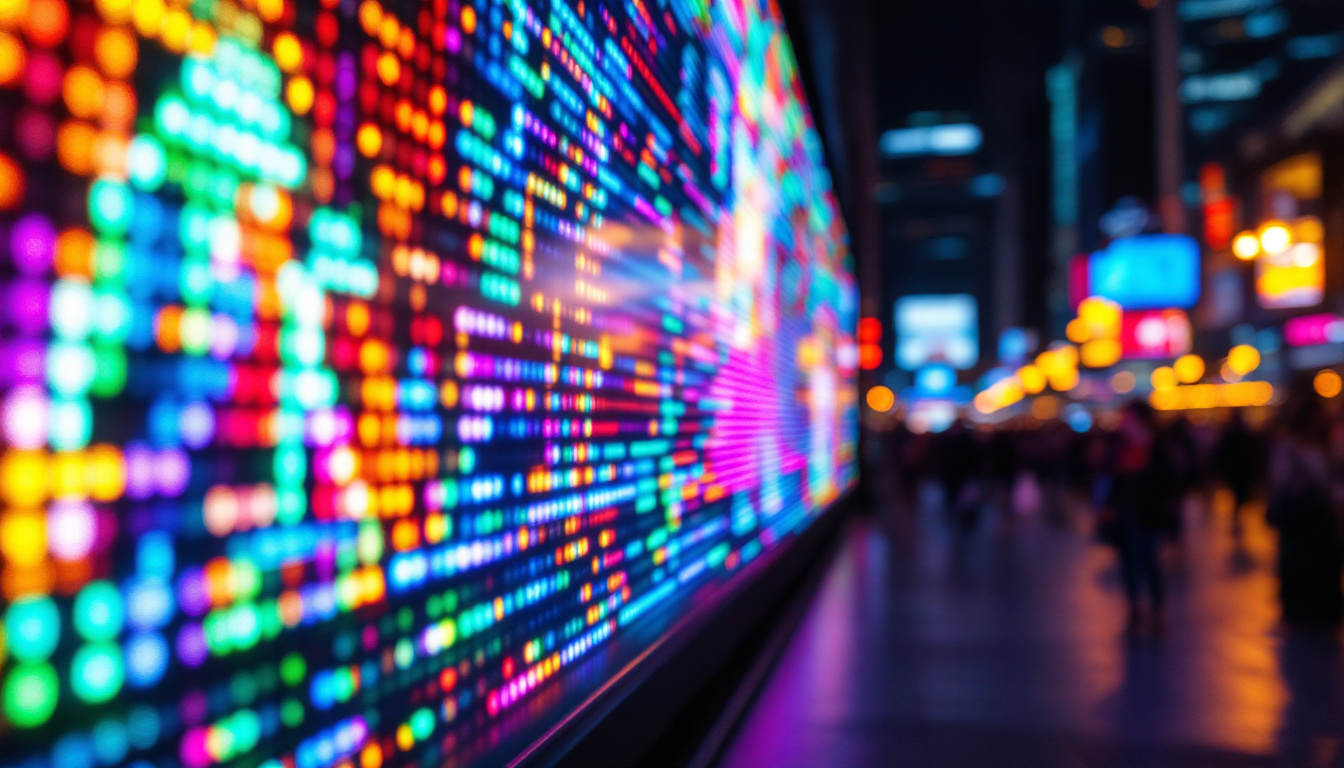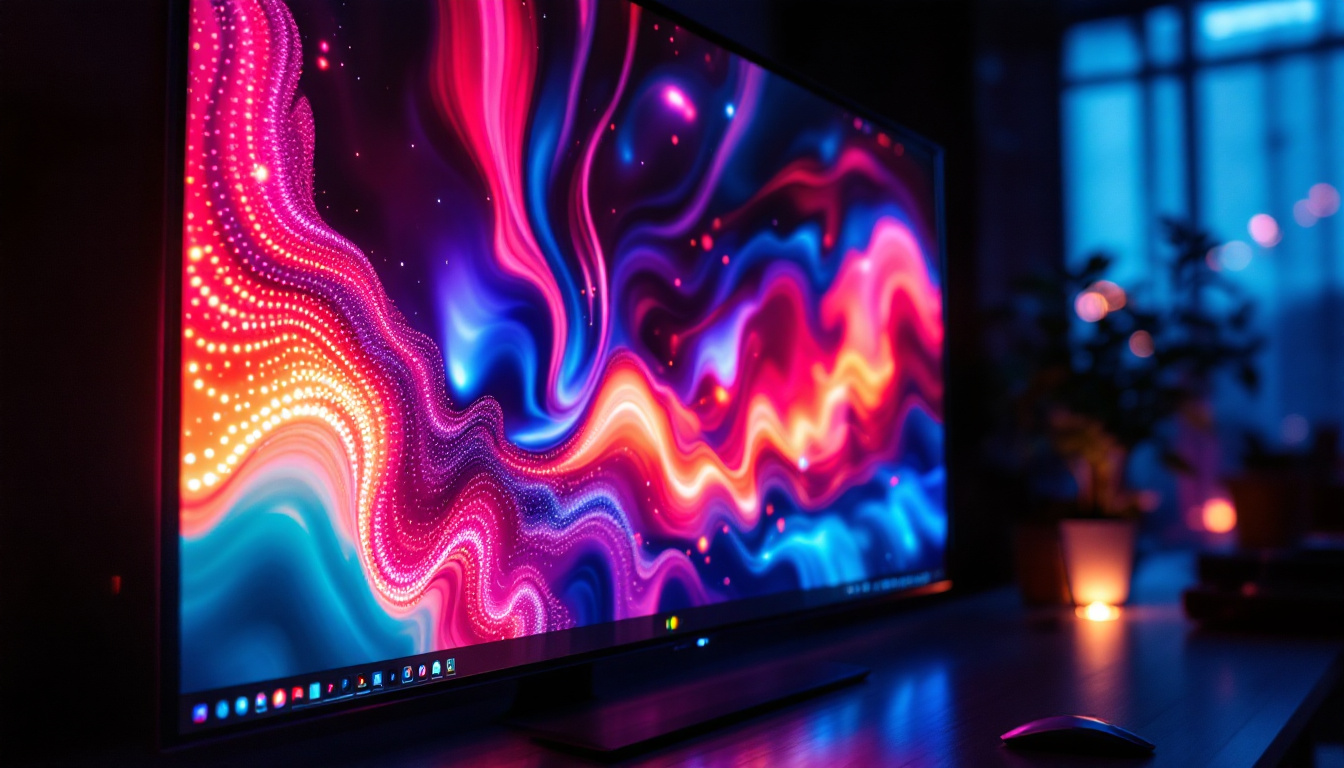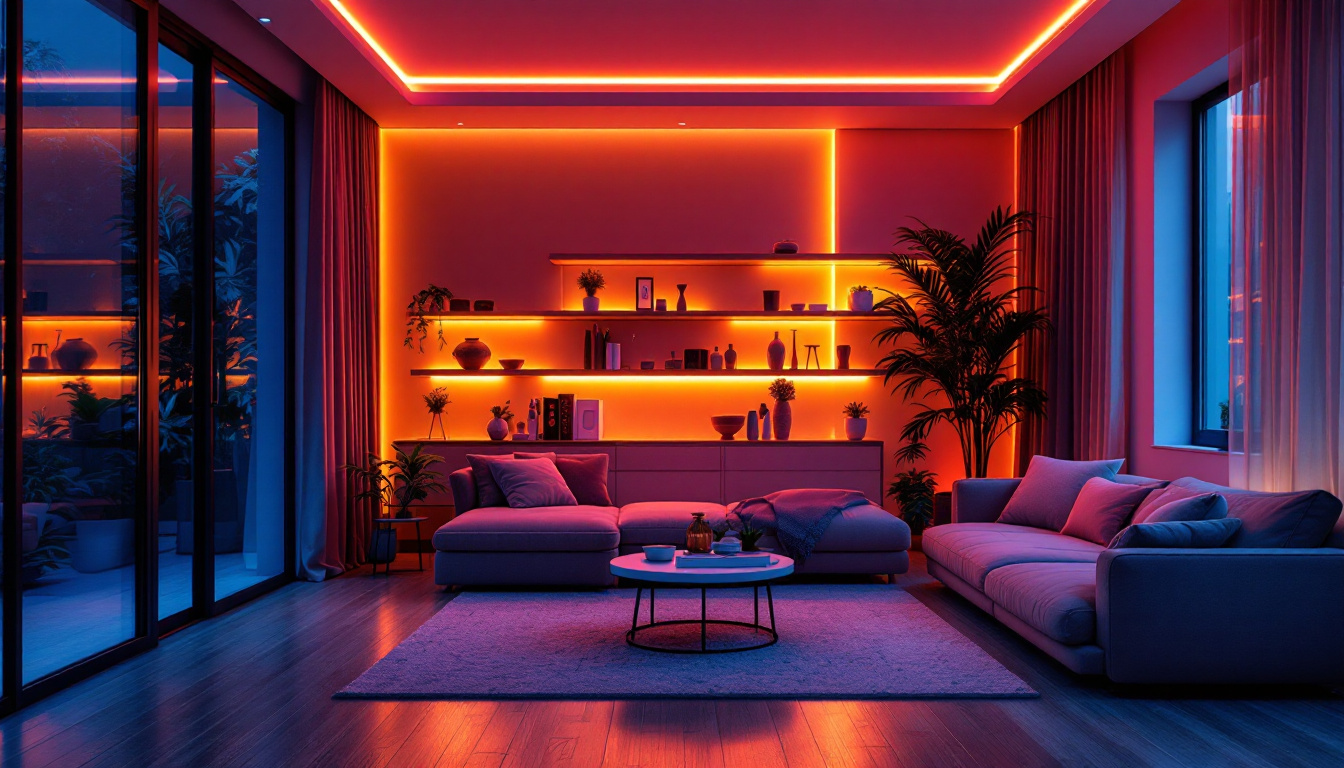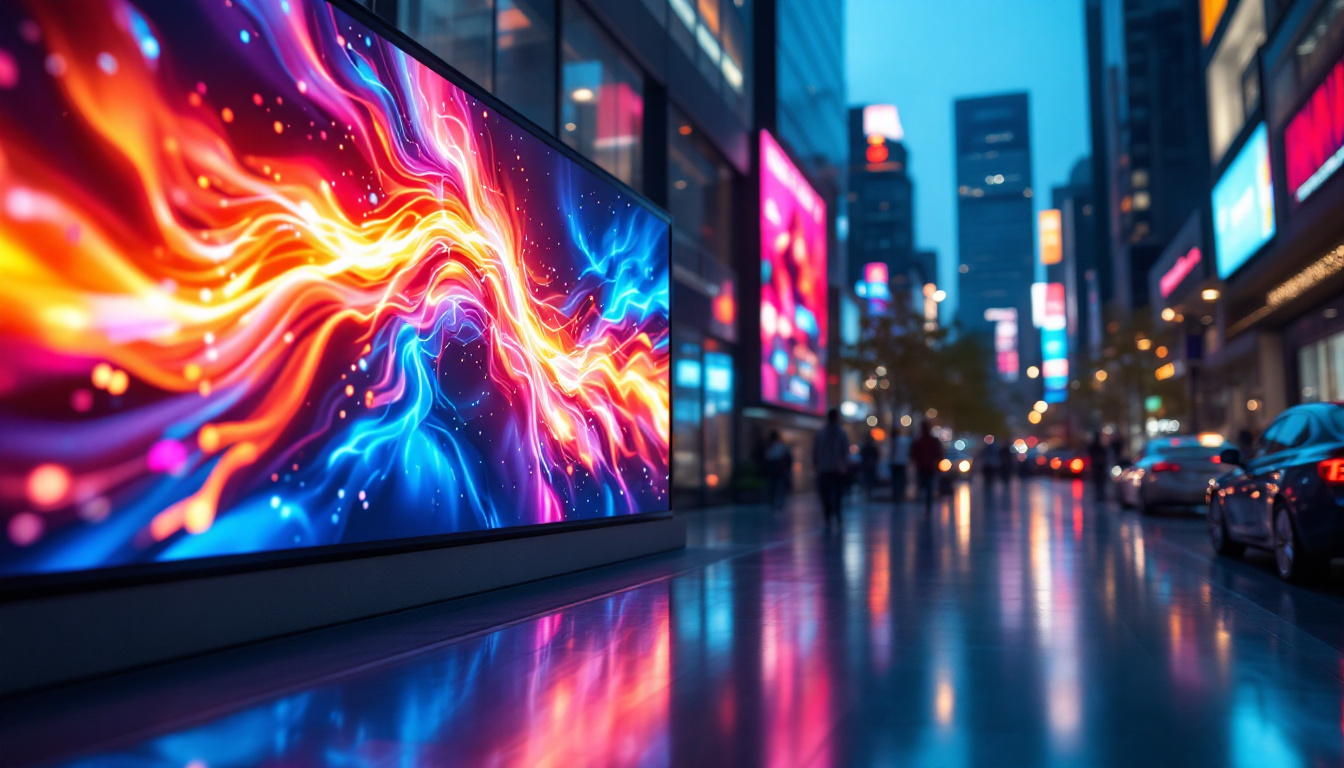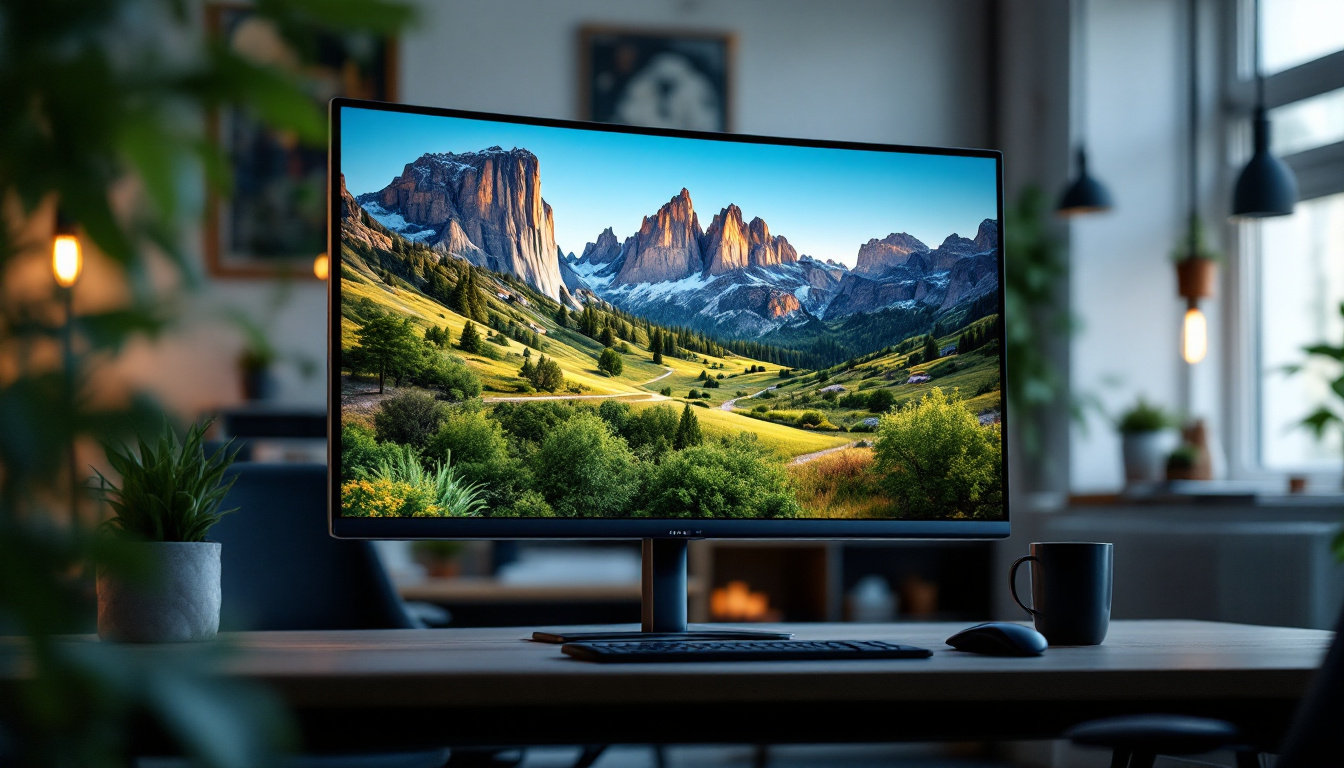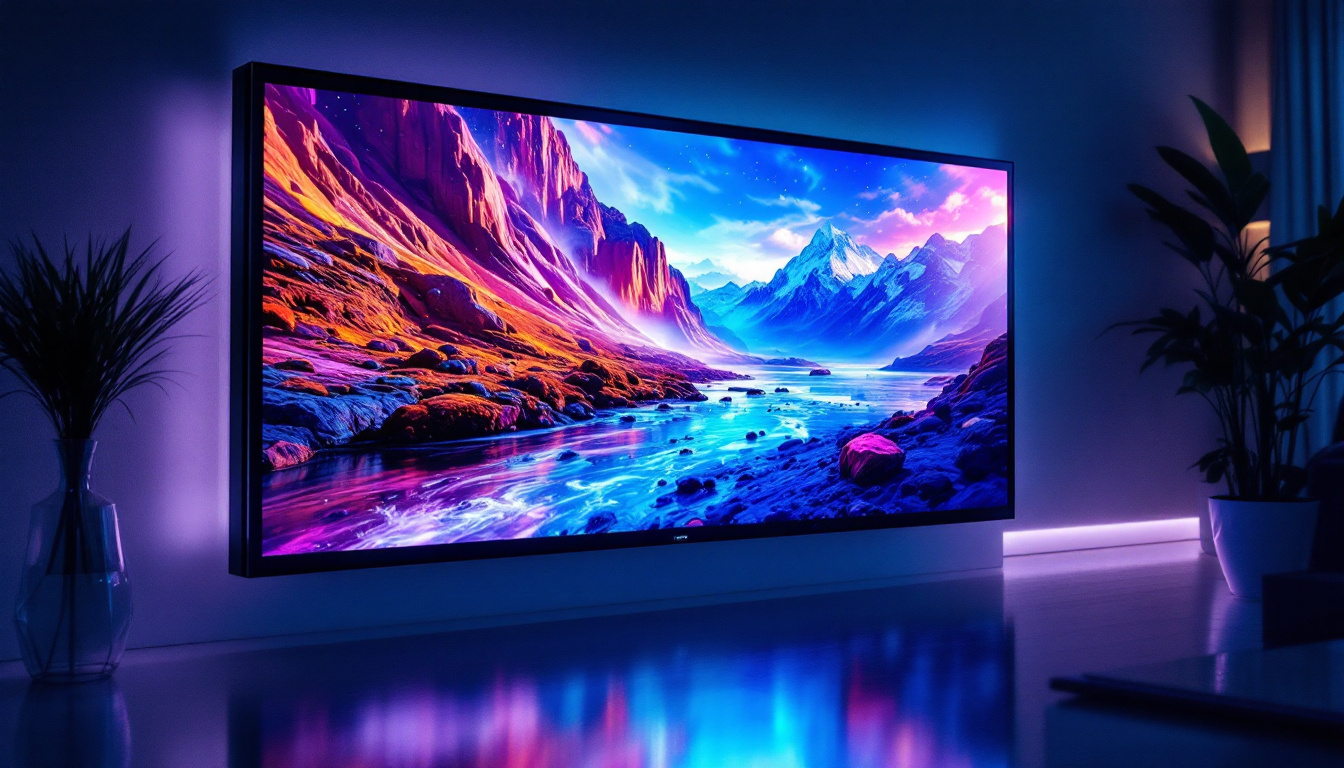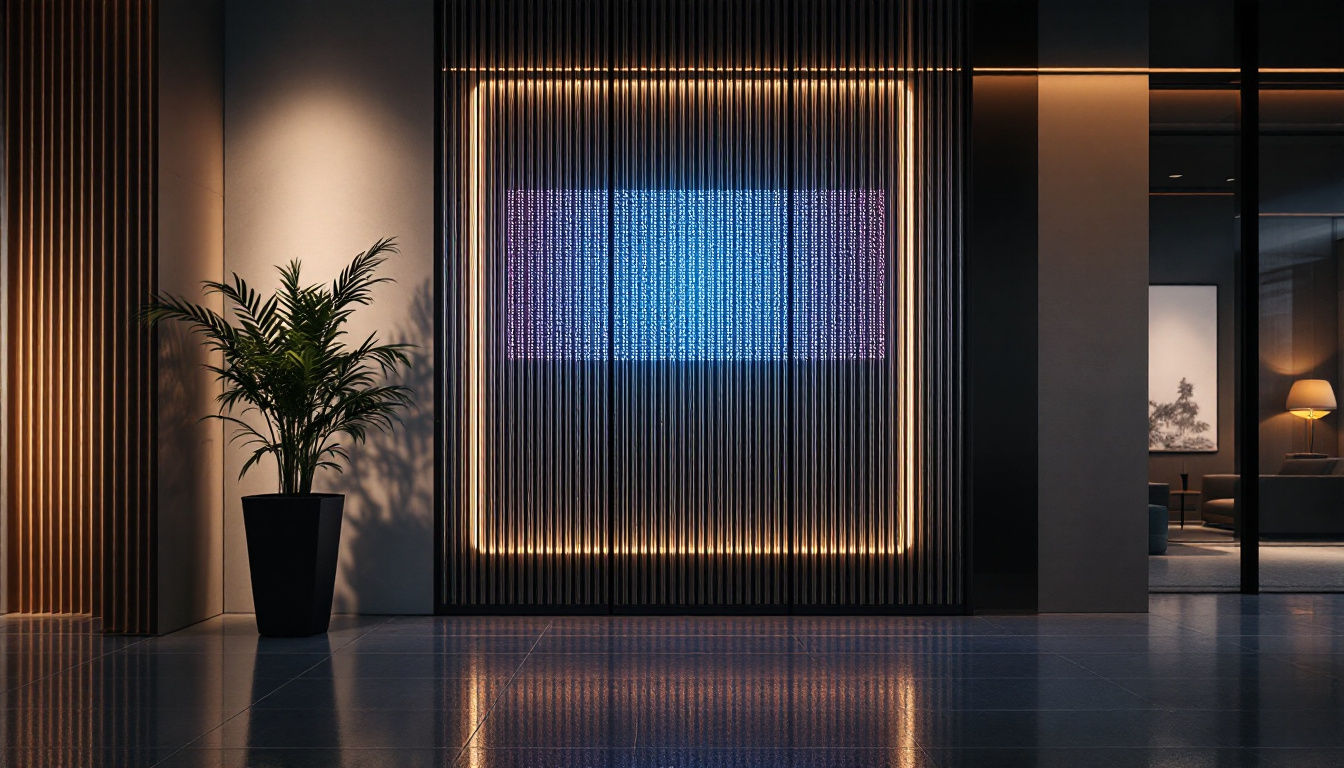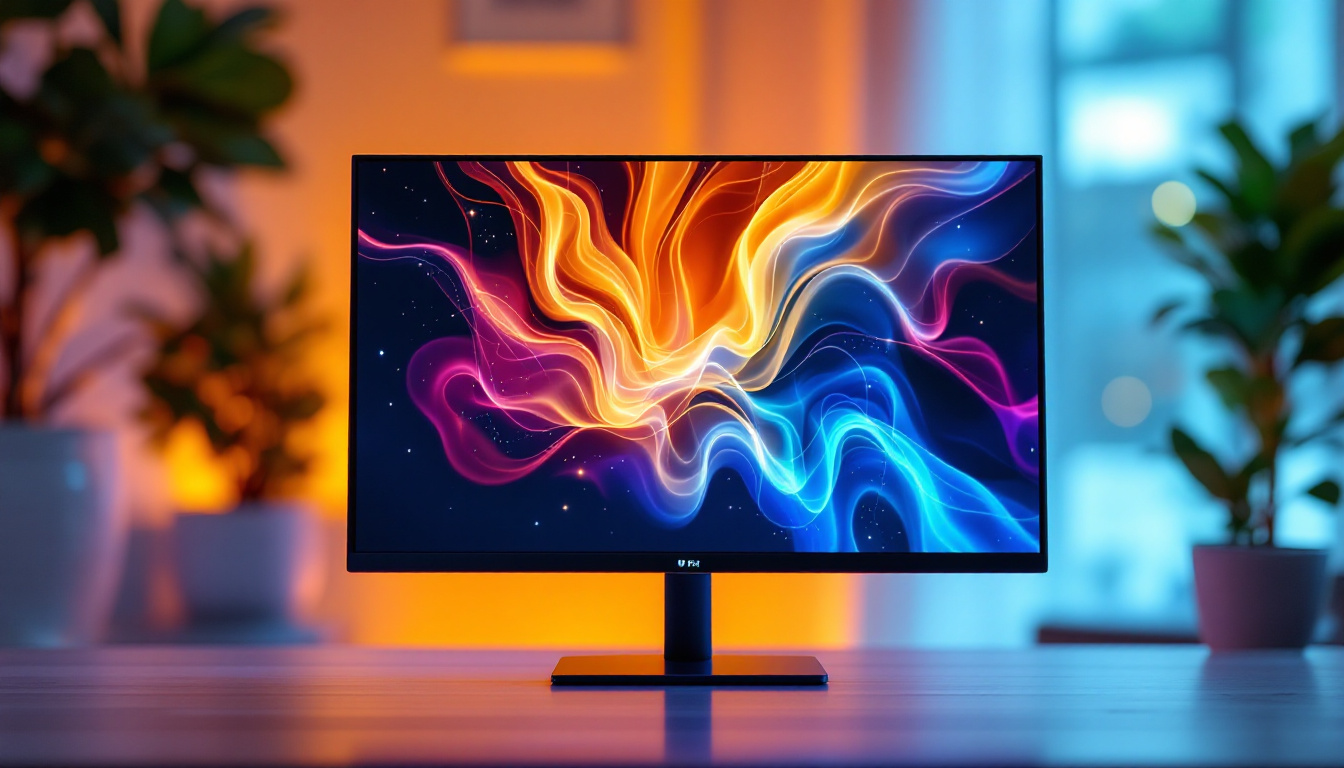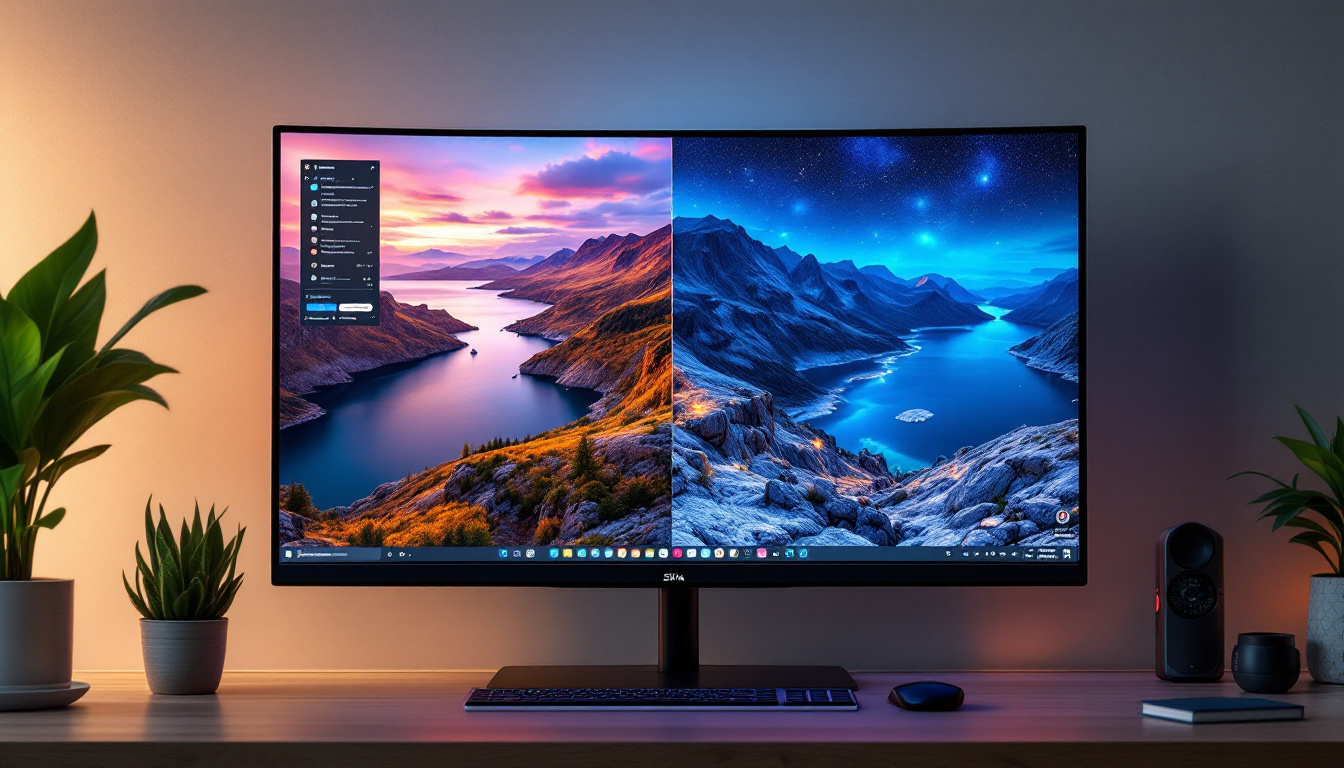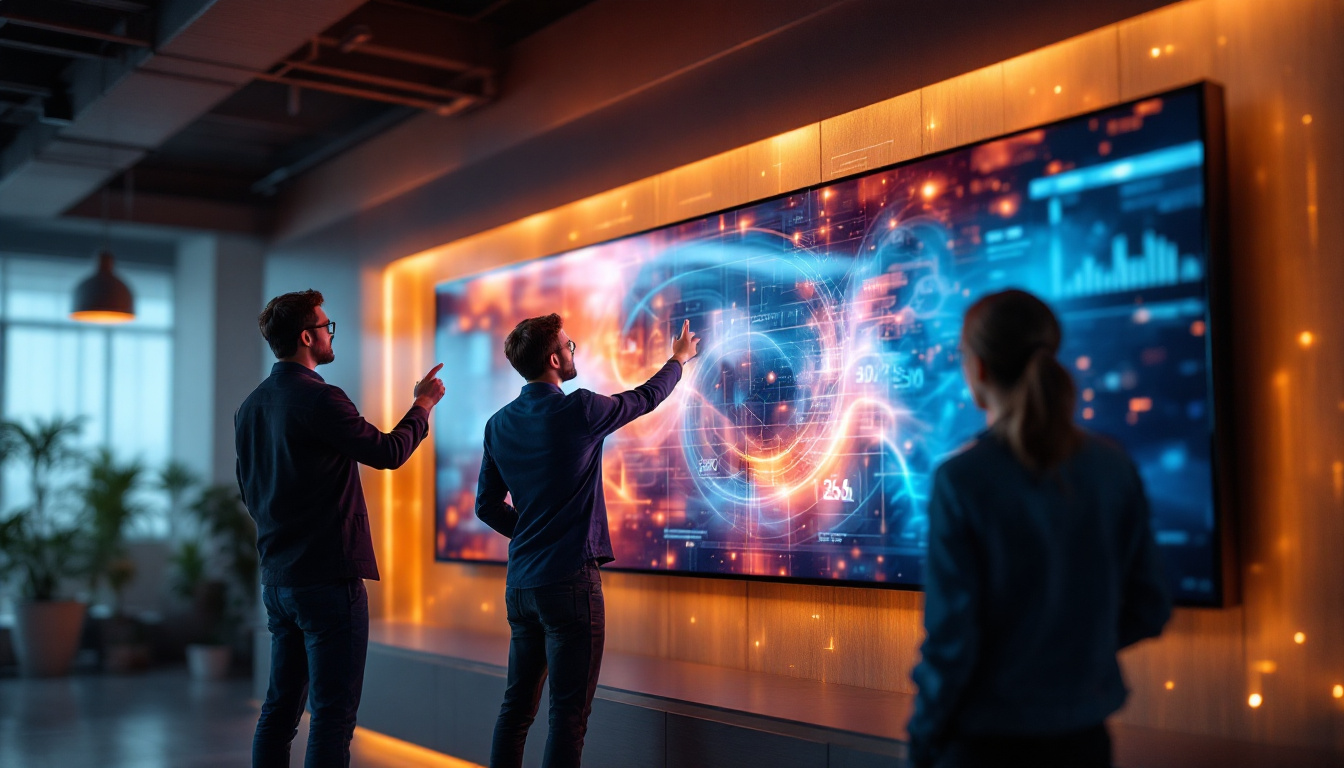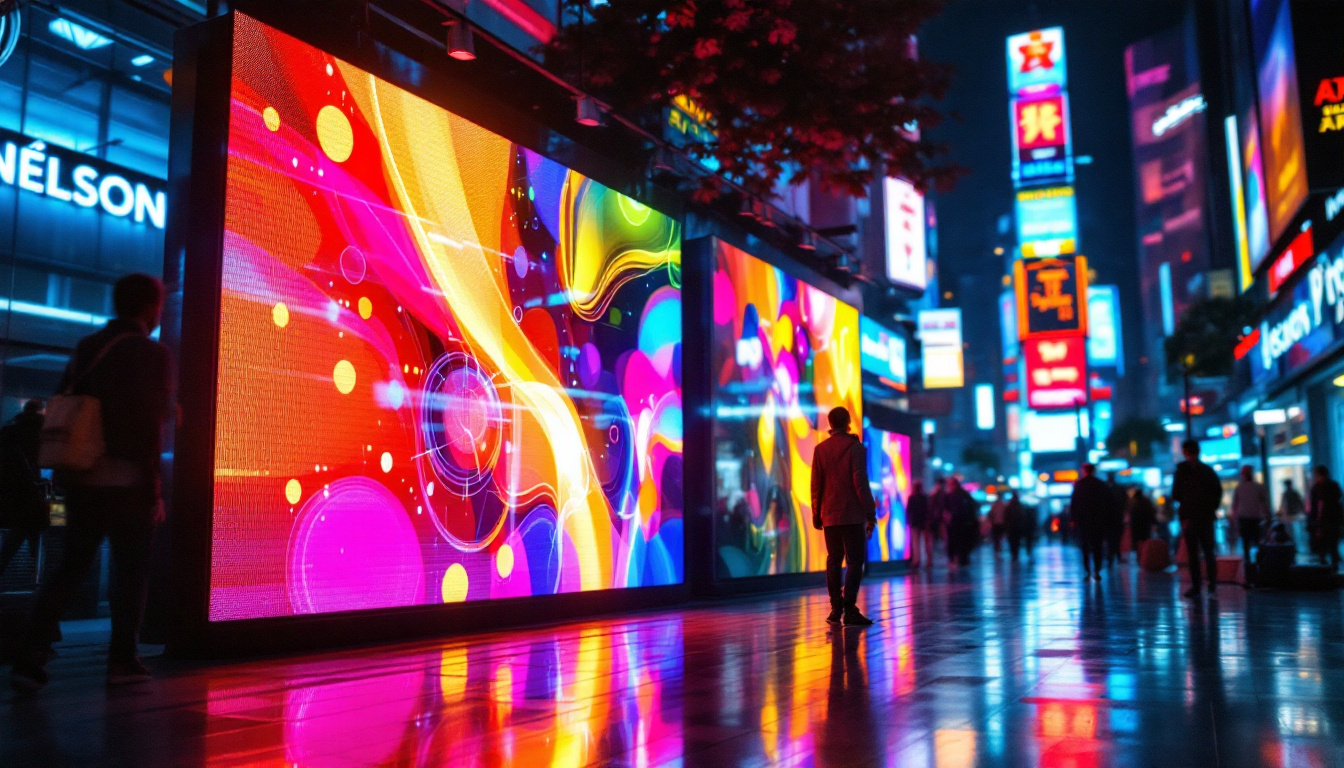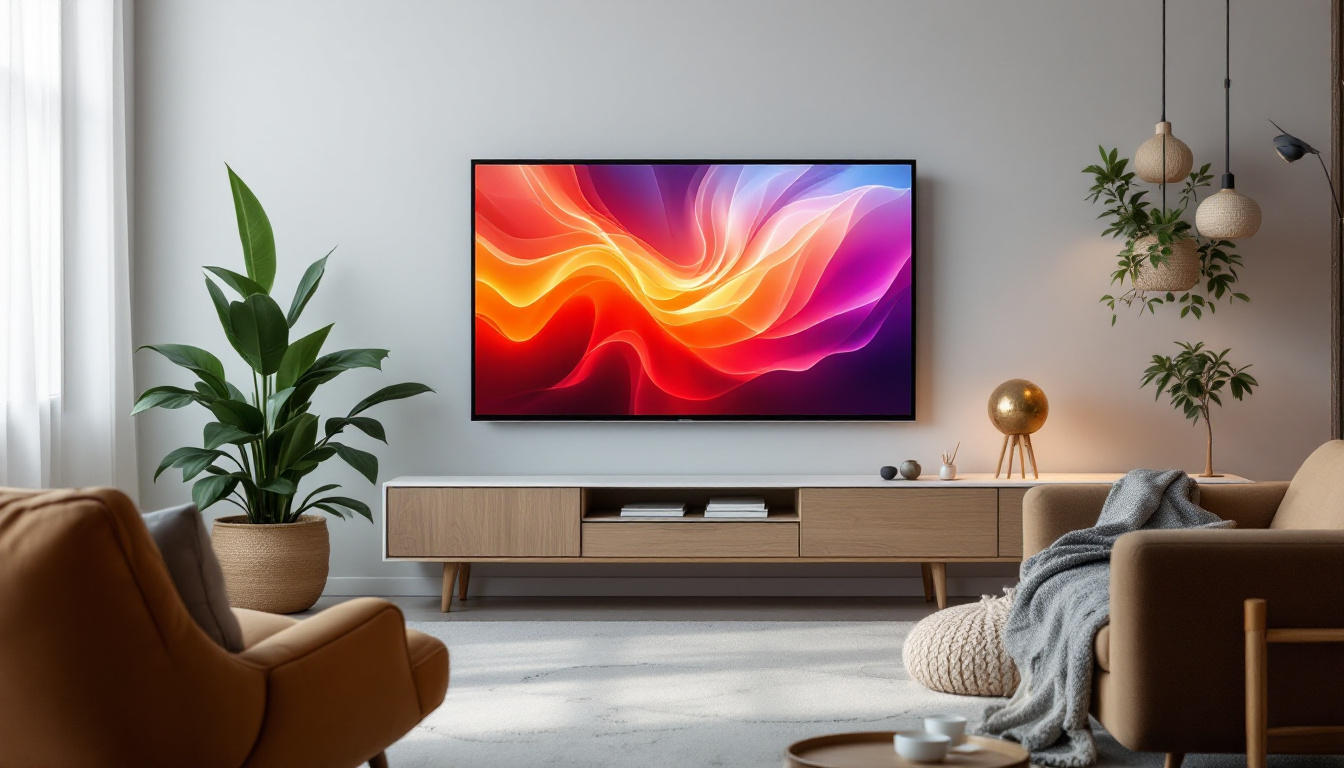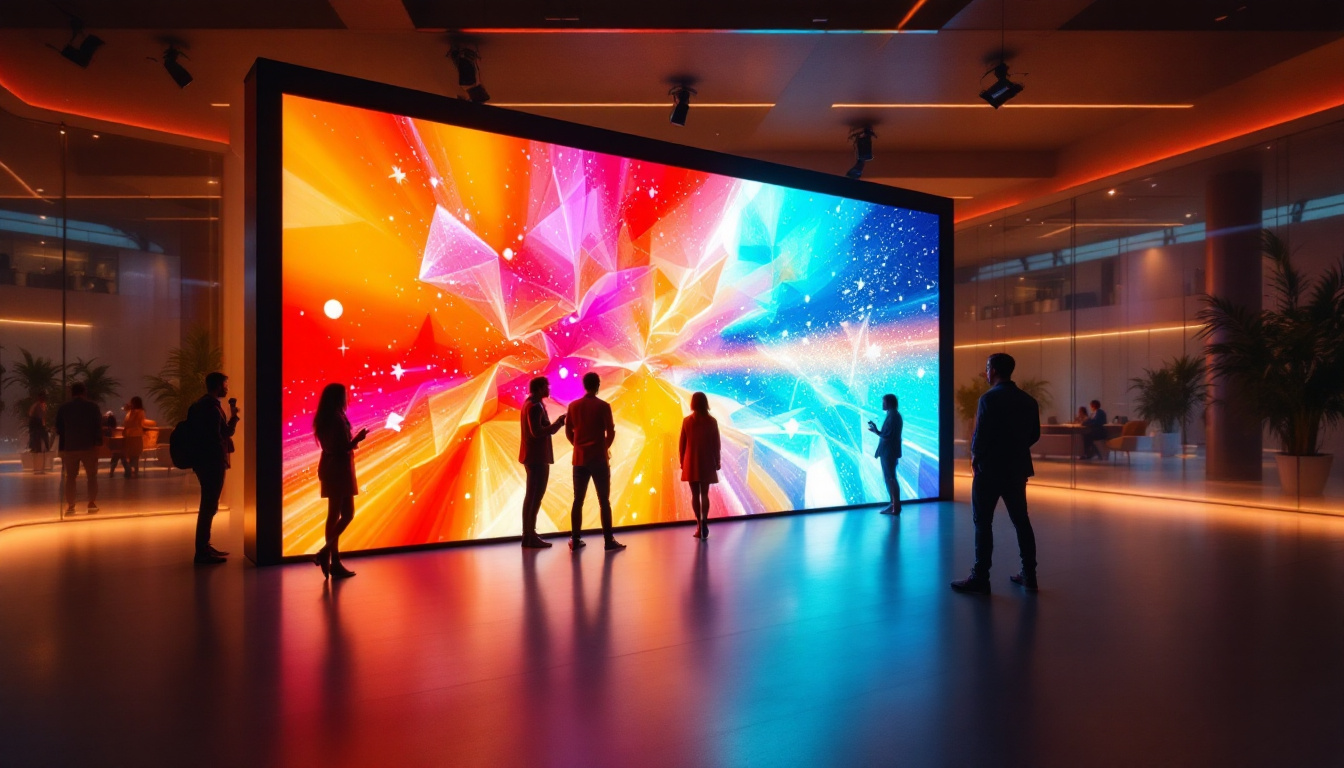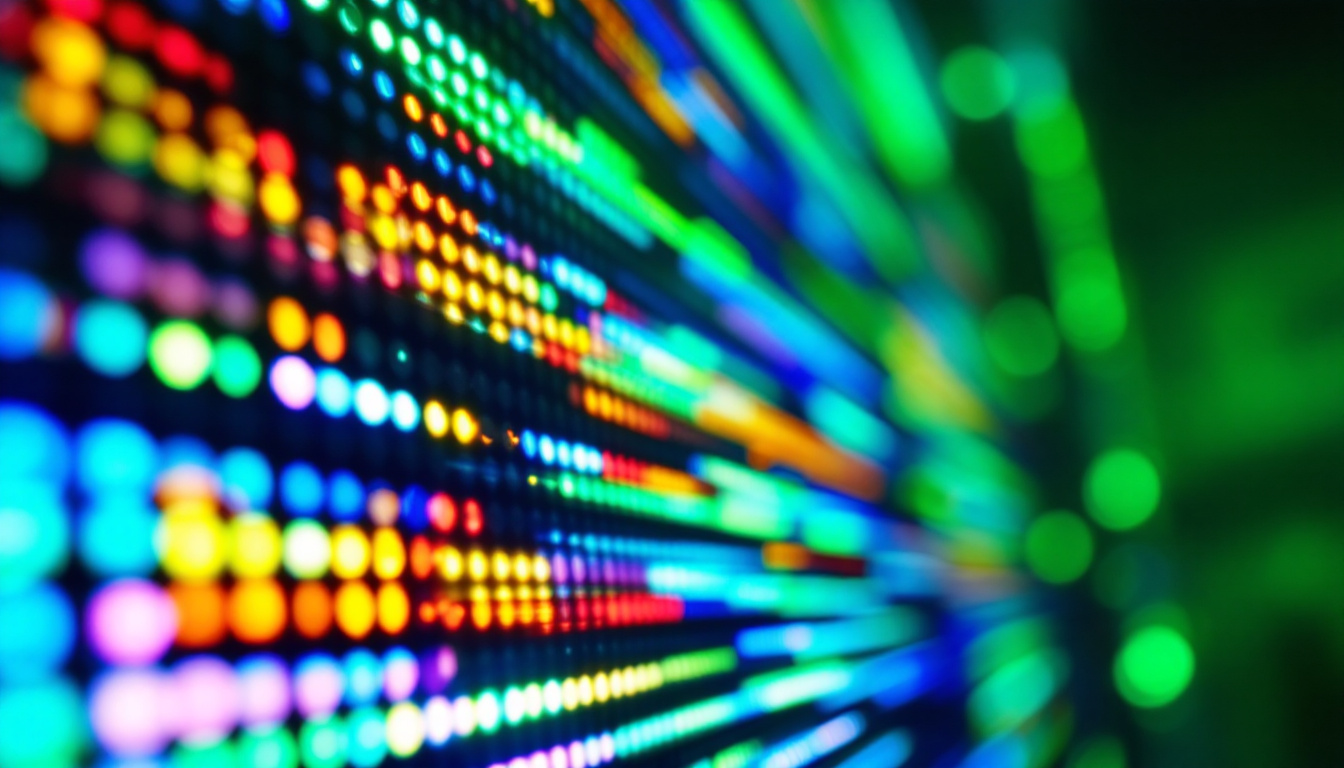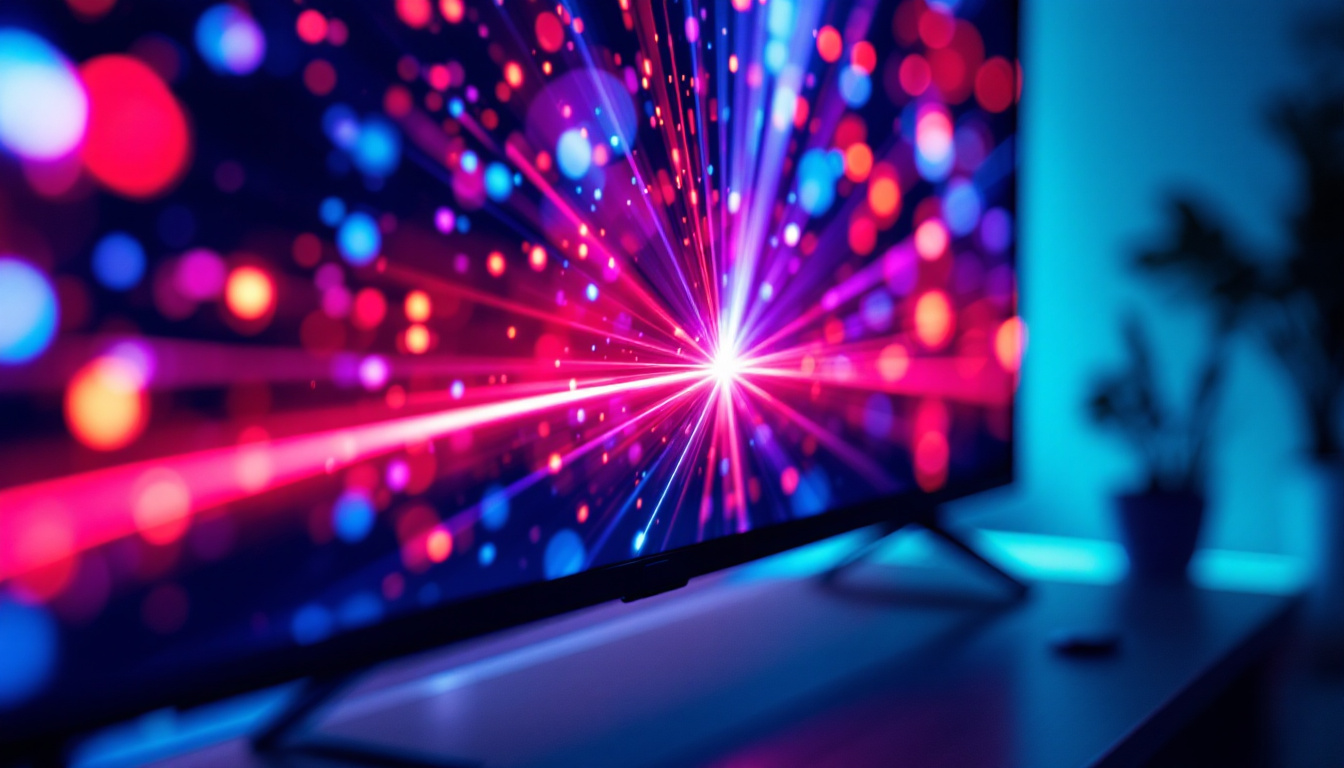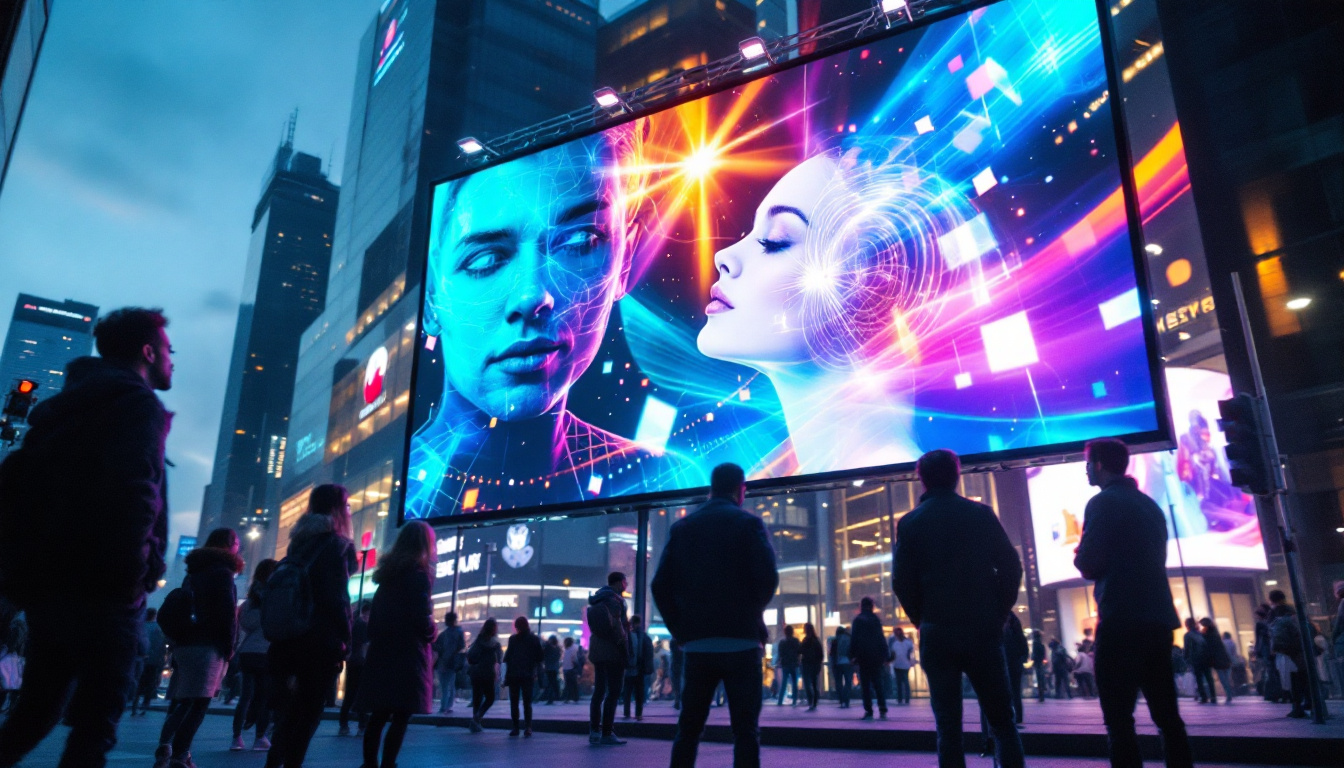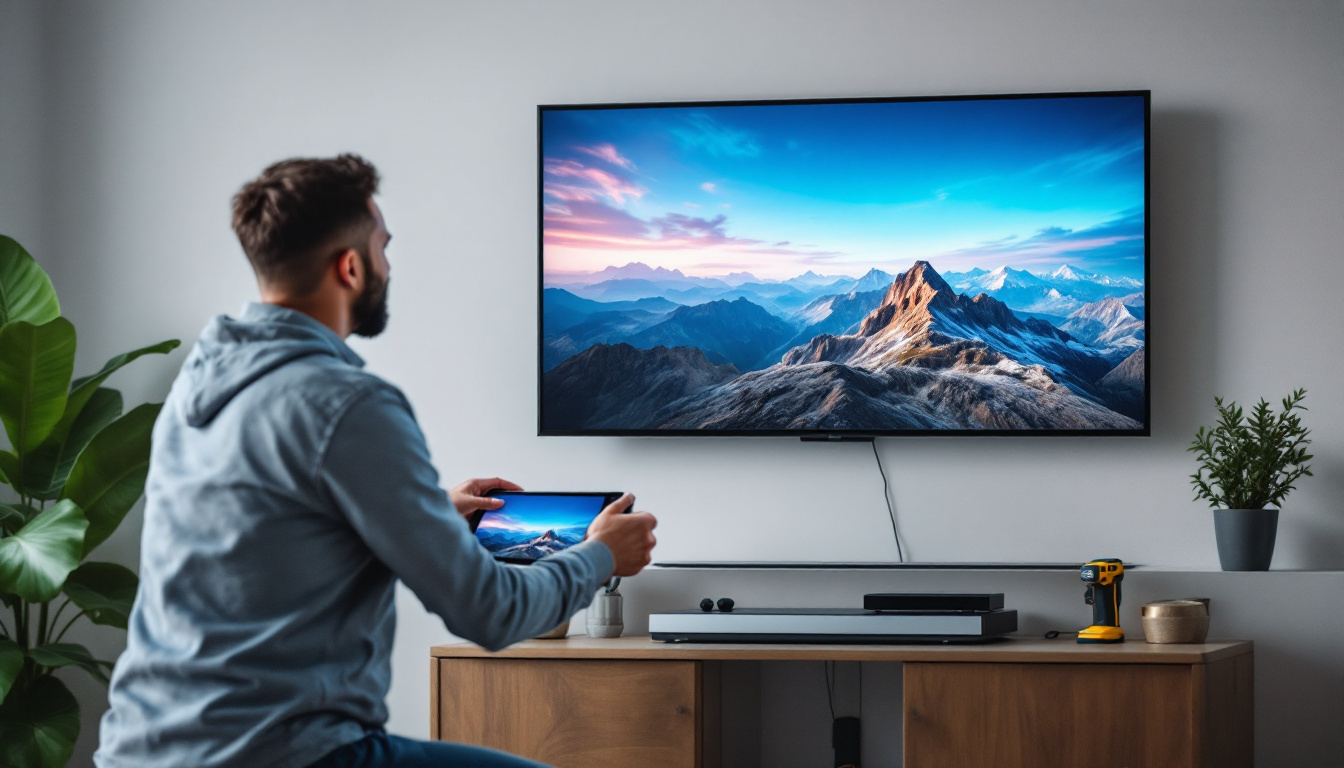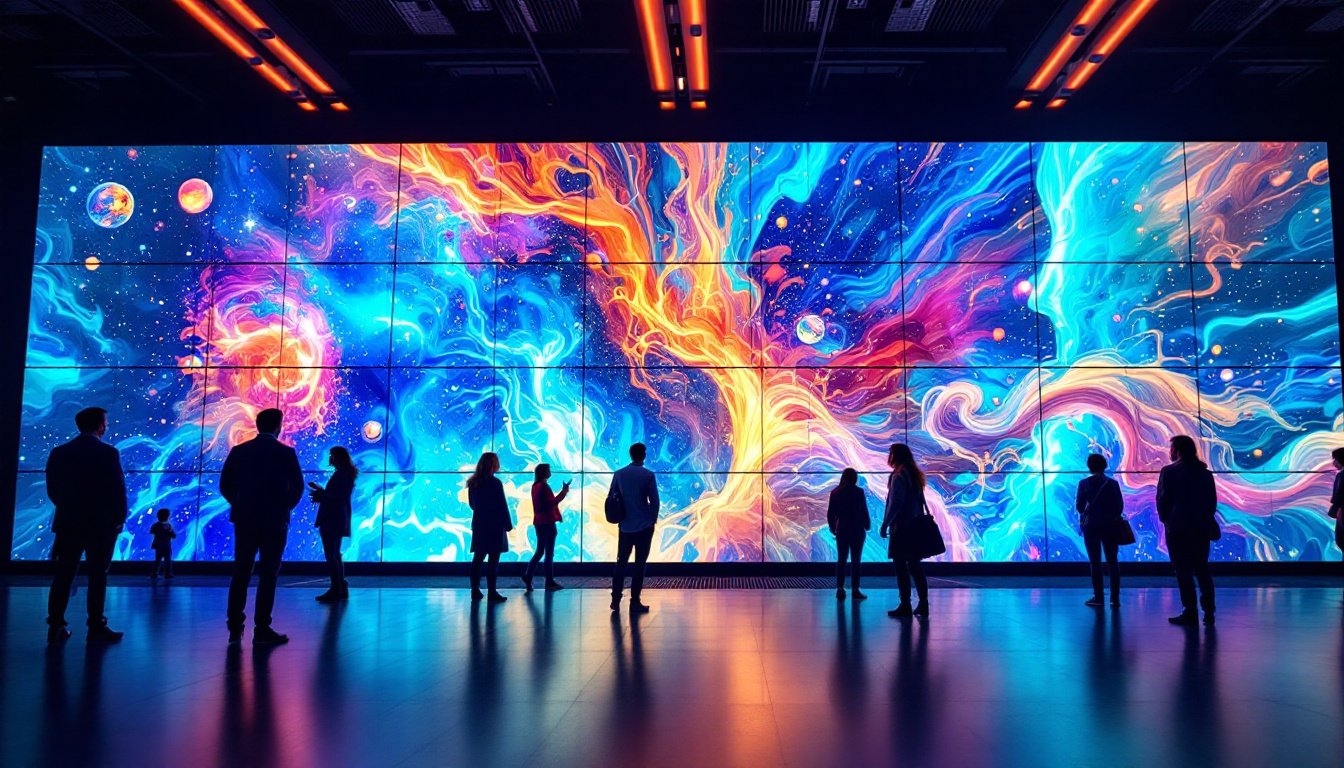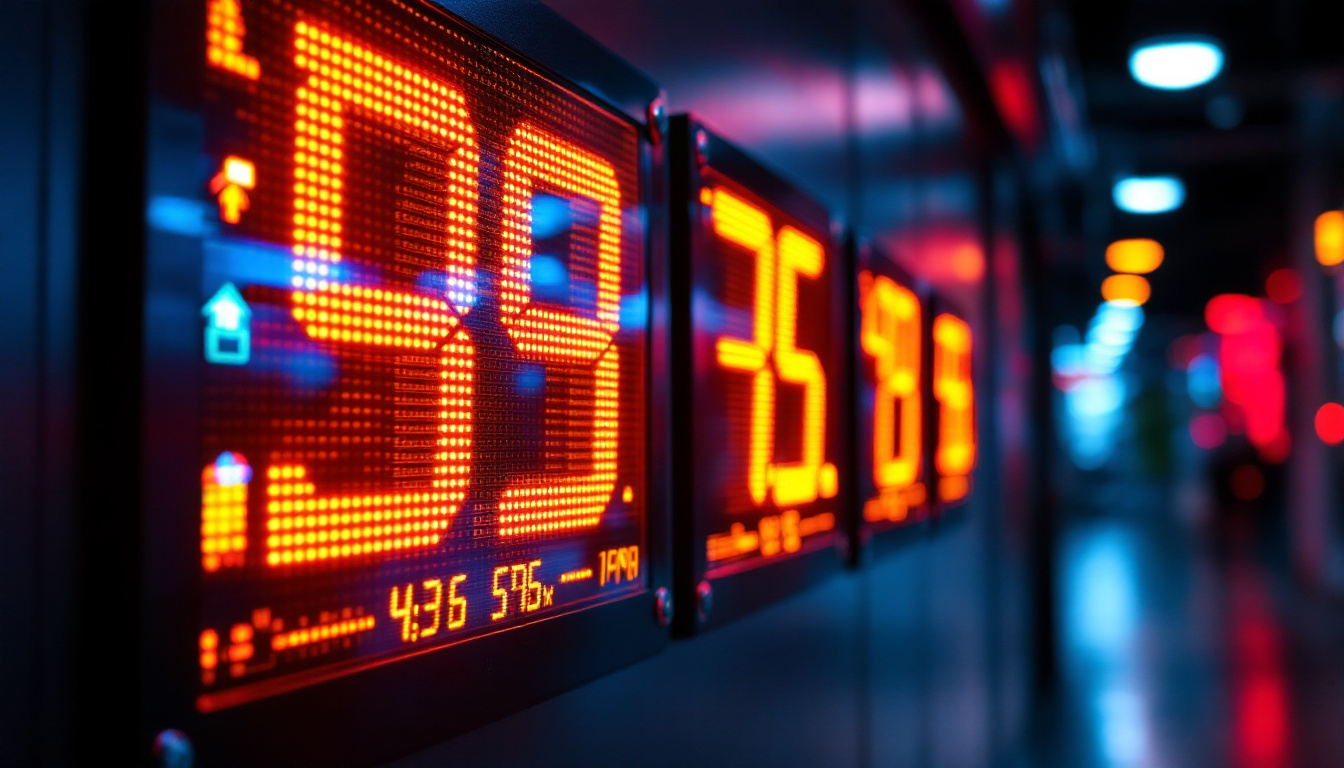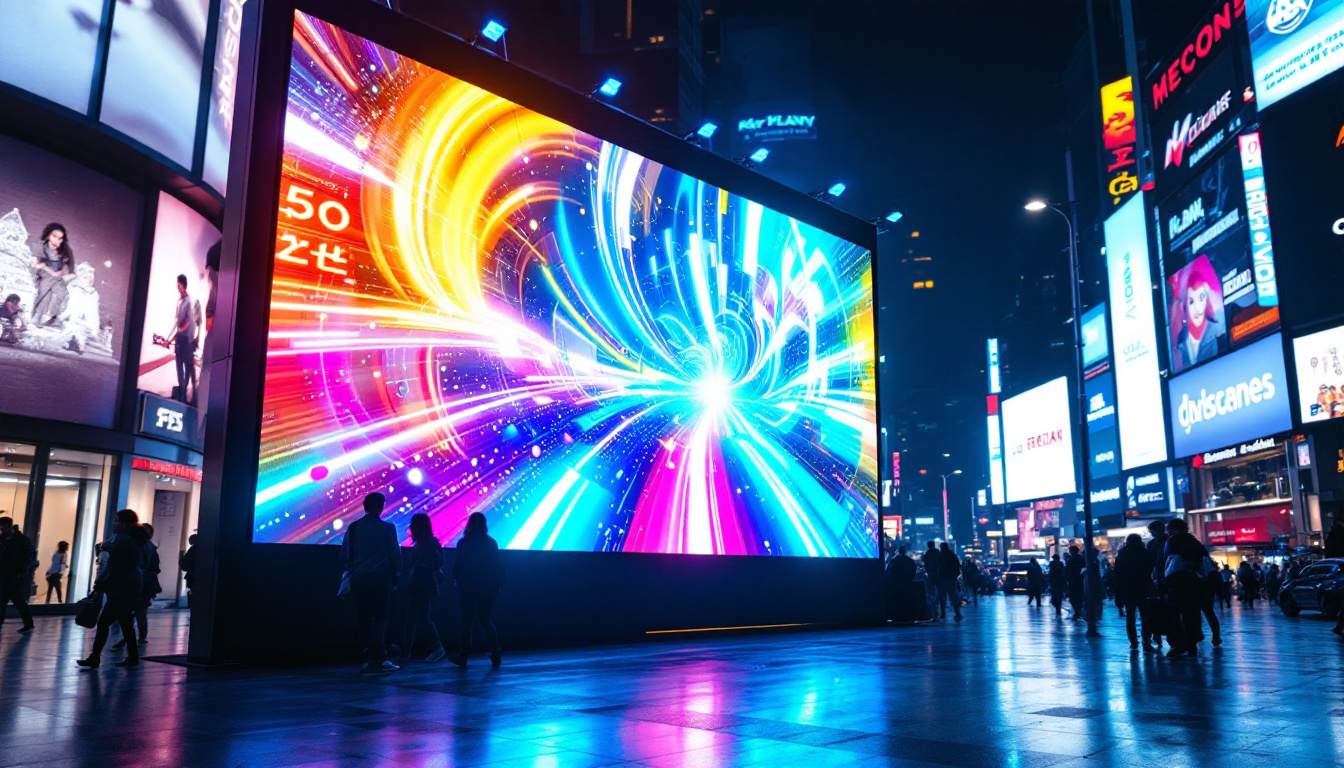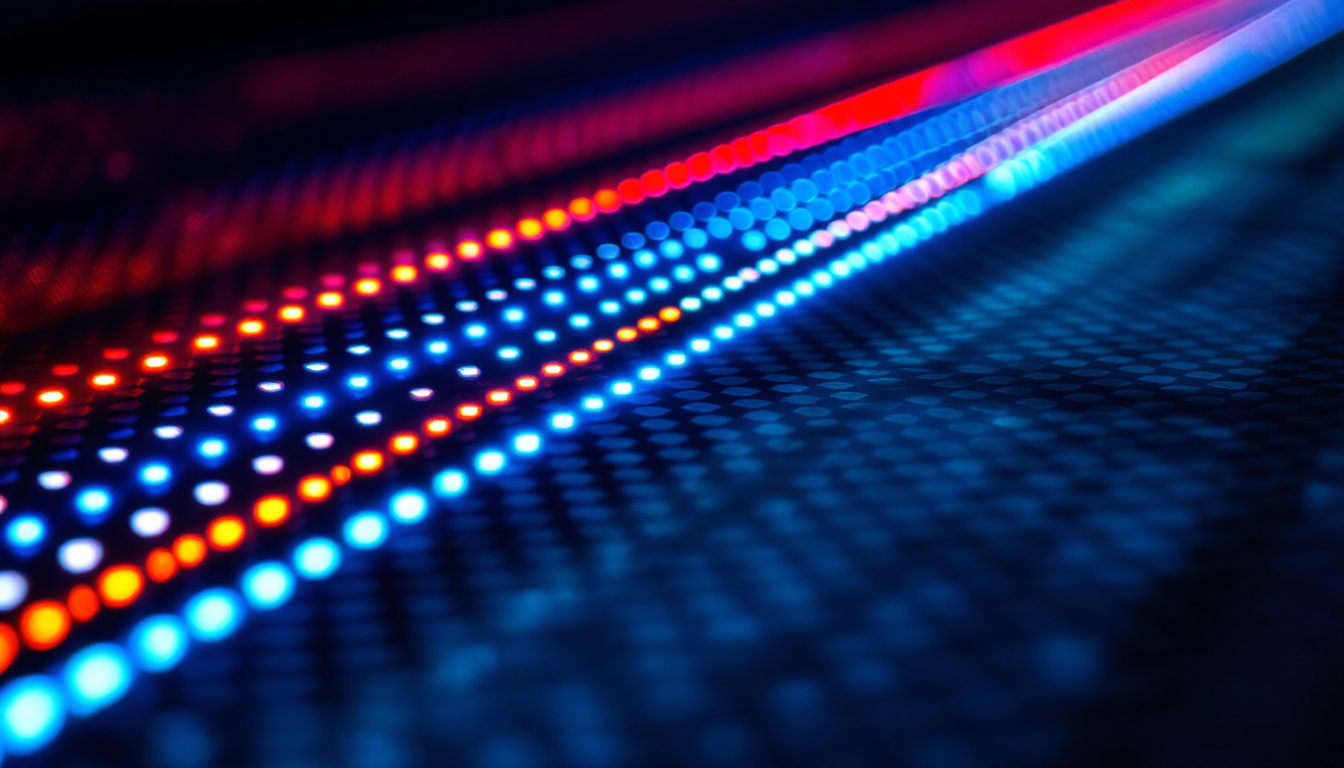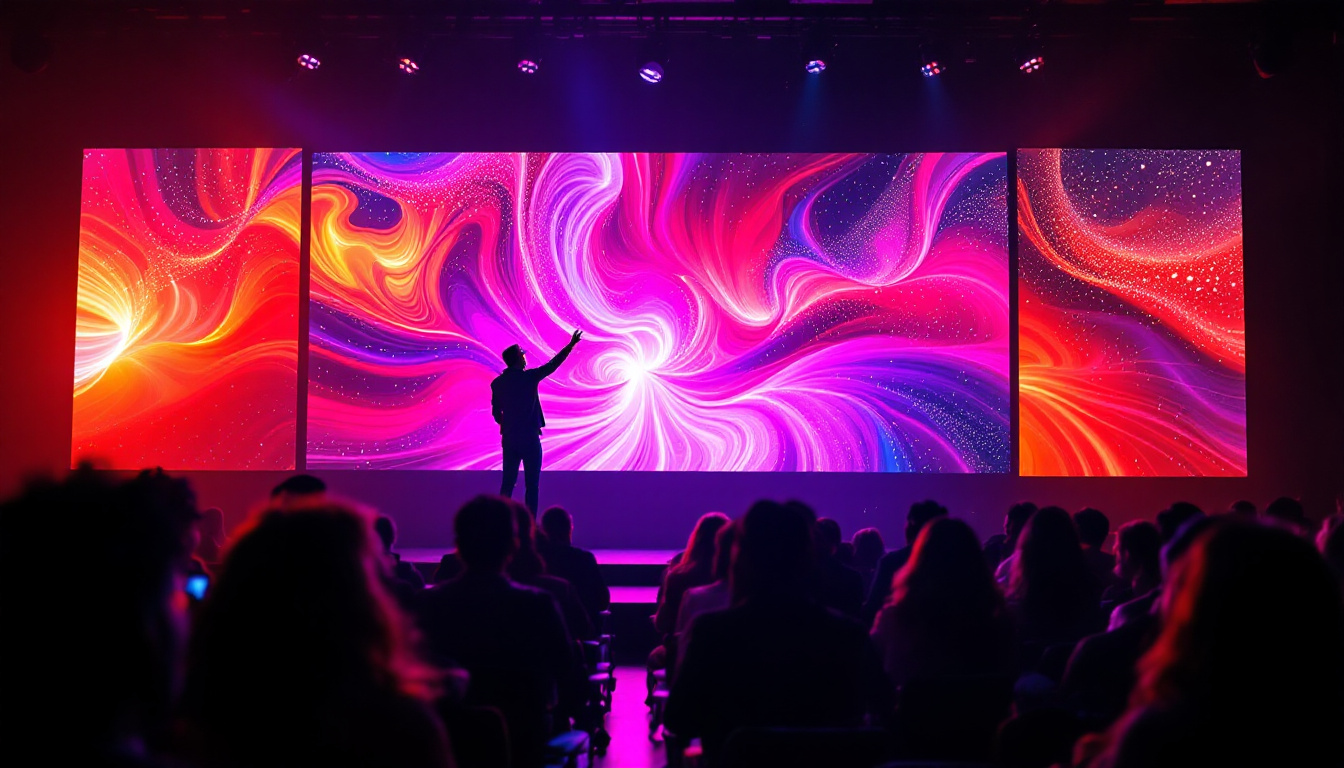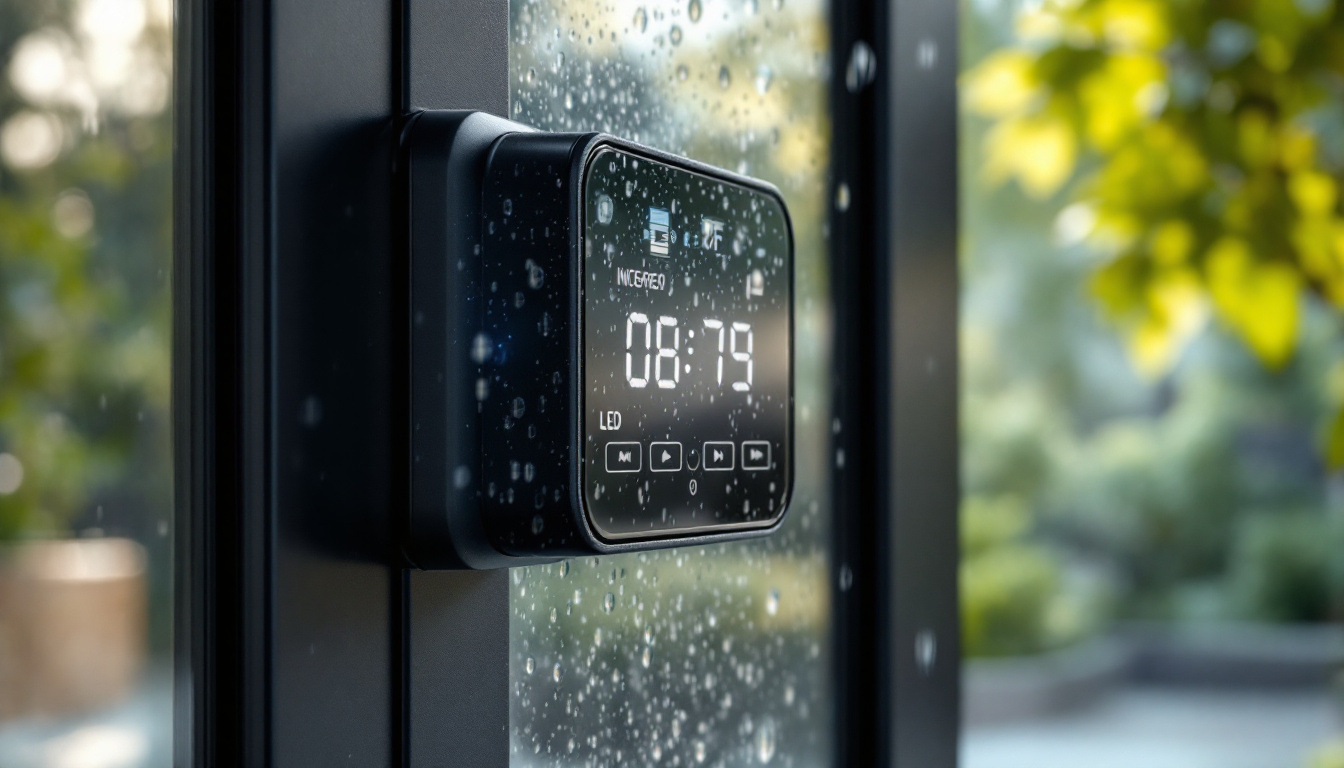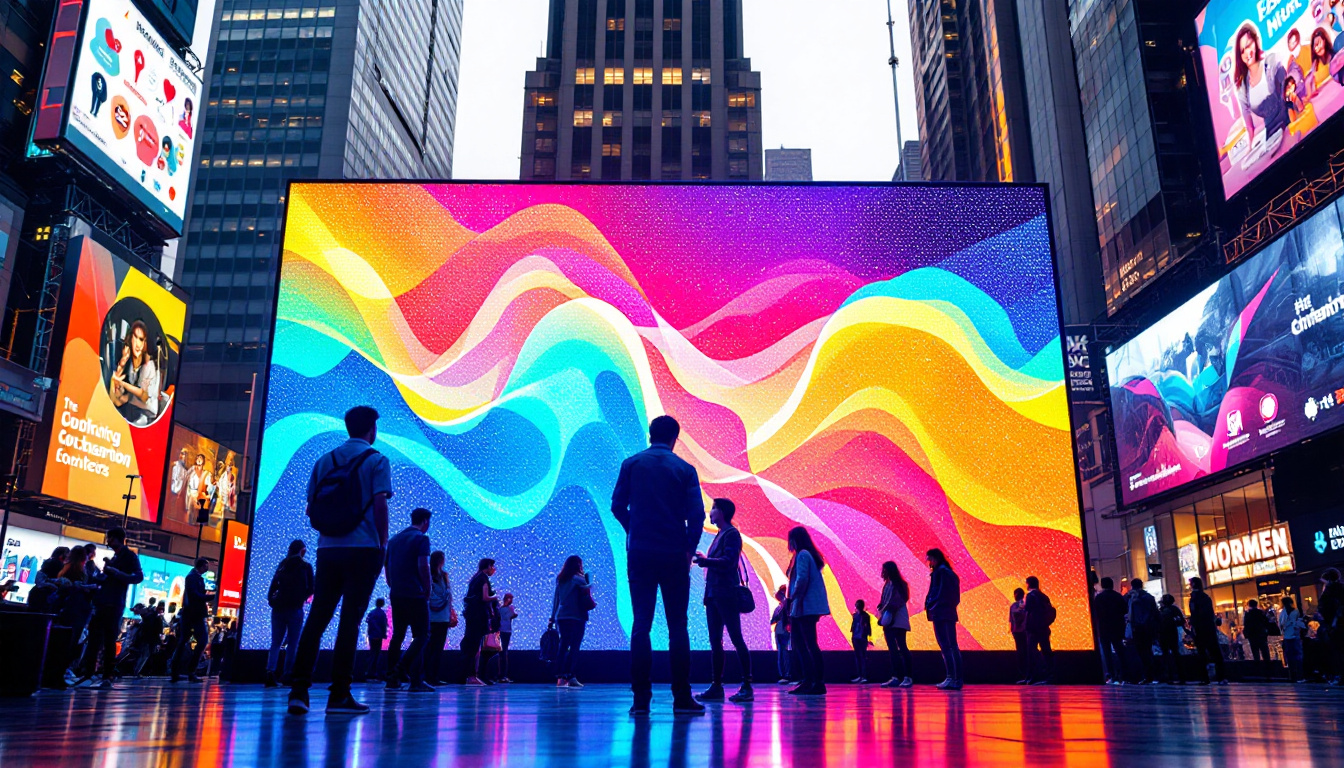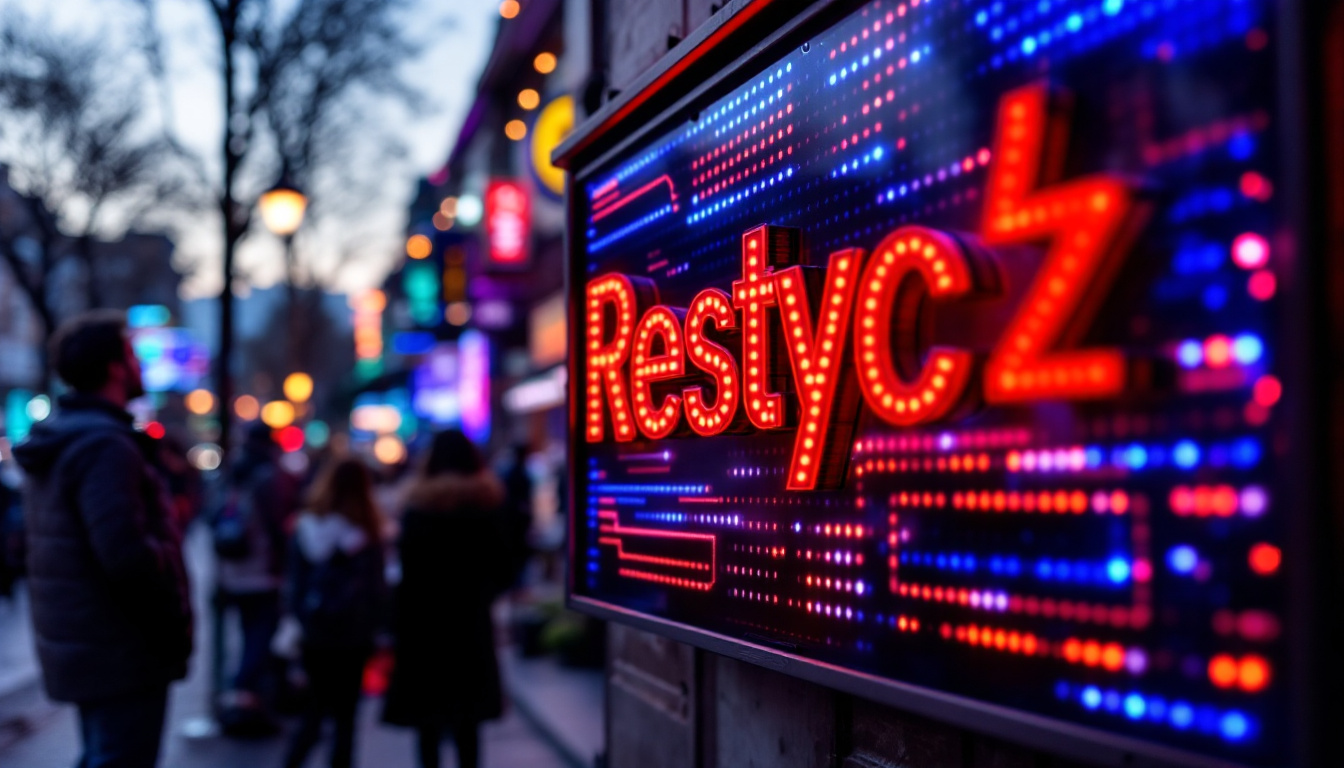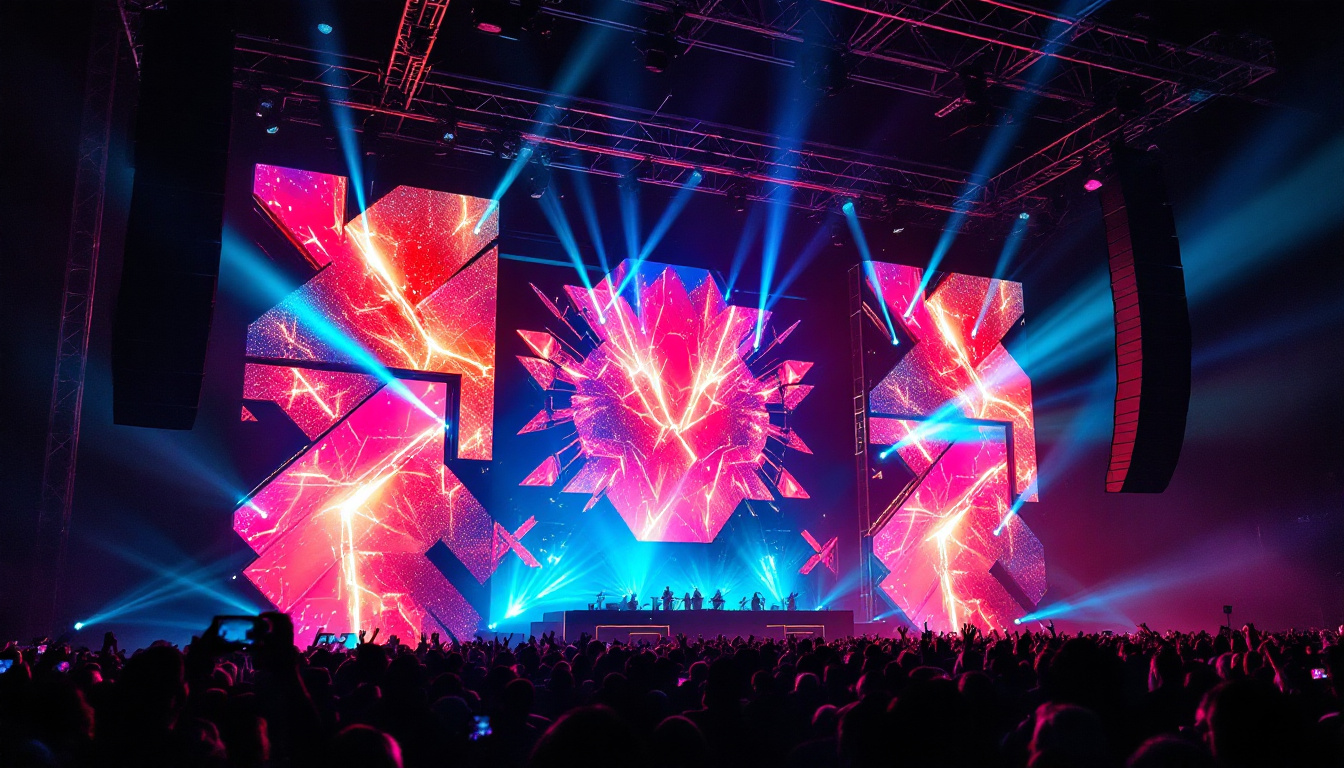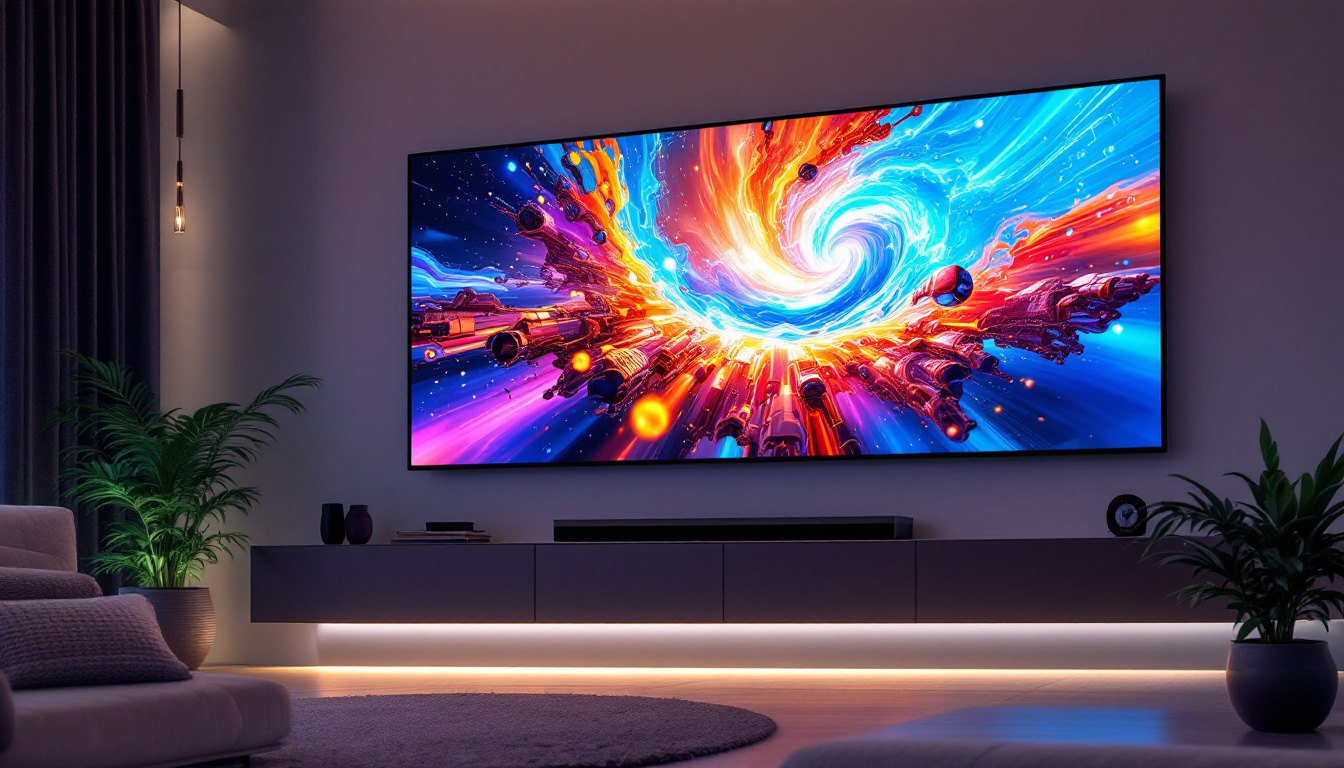In the world of visual technology, LED displays have become a cornerstone of modern communication and entertainment. The 24 LED screen, in particular, has gained popularity due to its versatility and high-quality performance. This article delves into the intricacies of LED displays, focusing on the features, benefits, and applications of 24 LED screens.
Understanding LED Technology
Light Emitting Diodes (LEDs) are semiconductor devices that emit light when an electric current passes through them. This technology has revolutionized the display industry, offering brighter, more energy-efficient, and longer-lasting alternatives to traditional display technologies. The efficiency of LEDs not only reduces energy consumption but also contributes to lower carbon footprints, making them an environmentally friendly choice for consumers and businesses alike.
The Basics of LED Displays
LED displays consist of numerous small LED lights arranged in a grid. Each pixel in the display is made up of red, green, and blue (RGB) LEDs, which combine to create a full spectrum of colors. The ability to control each pixel individually allows for stunning visual effects and high-resolution images. This pixel-level control enables dynamic content to be displayed, such as videos, animations, and real-time data, enhancing the viewer’s experience significantly.
One of the key advantages of LED displays is their ability to produce vibrant colors and deep contrasts. This is particularly important in environments where visibility is crucial, such as outdoor advertising or large venue displays. The brightness of LED displays can reach levels that make them easily viewable even in direct sunlight, which is a significant benefit for outdoor applications. Additionally, the durability of LED technology means that these displays can withstand harsh weather conditions, making them a reliable choice for outdoor installations.
Types of LED Displays
There are several types of LED displays, each designed for specific applications. The most common types include:
- Direct View LED Displays: These displays are made up of individual LED modules that can be configured in various sizes and shapes. They are often used in large outdoor billboards and indoor video walls. Their modular nature allows for easy repairs and upgrades, ensuring longevity and adaptability to changing technological needs.
- LED Backlit Displays: These screens use LEDs to backlight an LCD panel, enhancing brightness and color accuracy. They are commonly found in televisions and computer monitors. The backlighting technology has evolved to include local dimming, which improves contrast ratios by adjusting the brightness of specific areas of the screen.
- Organic LED (OLED) Displays: OLED technology uses organic compounds to produce light, allowing for thinner screens and better contrast ratios. OLED displays are popular in smartphones and high-end televisions. Their ability to achieve true blacks and vibrant colors without the need for backlighting makes them a favorite among filmmakers and graphic designers.
As the technology continues to advance, new types of LED displays are emerging, such as MicroLED and MiniLED, which promise even greater efficiency and picture quality. MicroLED displays, for instance, consist of tiny individual LEDs that can be arranged to create seamless images without bezels, offering an immersive viewing experience. These innovations are paving the way for future applications in virtual reality and augmented reality, where display quality is paramount.
Features of 24 LED Screens
The 24 LED screen is particularly favored for its size and adaptability. It strikes a balance between providing ample screen real estate while remaining manageable in various settings. Whether in a home office, a creative studio, or a gaming setup, its dimensions make it versatile enough to fit comfortably on most desks without overwhelming the space.
Resolution and Clarity
One of the standout features of 24 LED screens is their resolution. Many models offer Full HD (1920×1080) or even 4K (3840×2160) resolutions, ensuring that images and videos are displayed with exceptional clarity. This high resolution is vital for applications where detail is paramount, such as graphic design, video editing, and gaming. The crispness of the visuals allows for an immersive experience, drawing users into their work or entertainment.
Moreover, the pixel density of a 24 LED screen contributes to its ability to render sharp images. Higher pixel density means that images appear smoother and more lifelike, making it an ideal choice for professionals who rely on visual accuracy. With advancements in display technology, many screens now feature anti-glare coatings that enhance visibility, reducing reflections and allowing users to focus on their tasks without distraction.
Brightness and Color Accuracy
Brightness is another critical aspect of LED displays. A typical 24 LED screen can achieve brightness levels of 250 to 400 nits, making them suitable for both indoor and outdoor use. This brightness ensures that the display remains visible even in well-lit environments. In addition, some models are equipped with adaptive brightness features that automatically adjust based on ambient light, providing an optimal viewing experience at all times.
In addition to brightness, color accuracy is essential for any display. Many 24 LED screens come calibrated to cover a wide color gamut, ensuring that colors are reproduced faithfully. This feature is particularly important for photographers, videographers, and graphic designers who need to ensure that their work appears as intended. Furthermore, some screens support HDR (High Dynamic Range) technology, which enhances the contrast and color range, allowing for deeper blacks and brighter whites. This not only elevates the viewing experience for creative professionals but also enhances the enjoyment of movies and games, making every detail pop with vibrancy.
Benefits of Using 24 LED Screens
The adoption of 24 LED screens brings numerous advantages, making them a preferred choice for various applications.
Energy Efficiency
One of the most significant benefits of LED technology is its energy efficiency. LED screens consume significantly less power compared to traditional display technologies, such as LCD and plasma. This efficiency translates to lower electricity bills and a reduced carbon footprint, making them an environmentally friendly option.
Additionally, the long lifespan of LED displays—often exceeding 50,000 hours—means that they require less frequent replacements, further contributing to their cost-effectiveness over time.
Versatility in Applications
24 LED screens are incredibly versatile, finding applications in various fields. They are commonly used in:
- Corporate Settings: Many businesses utilize 24 LED screens for presentations, video conferencing, and digital signage, enhancing communication and collaboration.
- Education: Schools and universities employ LED displays in classrooms and auditoriums to facilitate interactive learning experiences.
- Entertainment: In the entertainment industry, 24 LED screens are used for concerts, theater productions, and sporting events, providing dynamic visual experiences.
Installation and Setup Considerations
While the benefits of 24 LED screens are clear, proper installation and setup are crucial to maximizing their potential.
Mounting Options
When it comes to installation, there are various mounting options available for 24 LED screens. These include wall mounts, ceiling mounts, and desktop stands. The choice of mounting depends on the intended use and the space available.
For instance, in a corporate environment, wall-mounted displays may be preferred for presentations, while desktop stands might be more suitable for creative professionals who require flexibility in positioning.
Connectivity and Compatibility
Ensuring compatibility with existing devices is another critical consideration. Most 24 LED screens come equipped with multiple connectivity options, including HDMI, DisplayPort, and USB-C. This variety allows users to connect to a range of devices, from laptops to gaming consoles.
Additionally, some models feature built-in wireless connectivity, enabling seamless streaming from smartphones or tablets without the need for cables. This feature enhances convenience, particularly in collaborative environments.
Maintenance and Care for 24 LED Screens
To ensure longevity and optimal performance, regular maintenance of 24 LED screens is essential.
Cleaning and Care
Cleaning the screen surface is vital to maintaining image quality. It is recommended to use a microfiber cloth and a gentle cleaning solution specifically designed for electronics. Avoid using abrasive materials or harsh chemicals, as these can damage the screen.
Additionally, dust and debris can accumulate in the vents and ports of the display. Regularly checking and cleaning these areas can prevent overheating and connectivity issues, ensuring that the screen operates efficiently.
Software Updates
Many modern 24 LED screens come with built-in software that may require periodic updates. Keeping the firmware up to date can enhance performance, fix bugs, and add new features. Users should consult the manufacturer’s guidelines on how to perform these updates safely.
Future Trends in LED Display Technology
The LED display industry is continually evolving, with new technologies and innovations emerging regularly. Understanding these trends can help users make informed decisions about their display needs.
Advancements in Resolution
As technology progresses, the demand for higher resolutions continues to grow. Future 24 LED screens are expected to feature even higher resolutions, such as 8K, providing unparalleled detail and clarity. This advancement will be particularly beneficial for industries that rely on high-definition content, such as film and television.
Integration with Smart Technology
Another trend is the integration of LED displays with smart technology. Future models may incorporate features such as voice control, AI-driven content management, and enhanced connectivity with smart home devices. This integration will provide users with greater flexibility and control over their display experience.
Conclusion
In summary, the 24 LED screen is a powerful tool that combines advanced technology with versatility and efficiency. Its features, such as high resolution, brightness, and energy efficiency, make it an ideal choice for various applications, from corporate settings to entertainment venues.
As the technology continues to evolve, staying informed about trends and innovations will be crucial for users looking to maximize their investment in LED displays. Whether for professional use or personal enjoyment, the 24 LED screen stands out as a reliable and dynamic solution for modern visual communication.
Explore Cutting-Edge LED Displays with LumenMatrix
Ready to elevate your visual experience with the latest in LED technology? Discover LumenMatrix’s innovative LED display solutions, designed to bring your content to life with unparalleled clarity and vibrancy. From captivating Indoor LED Wall Displays to dynamic Outdoor LED Wall Displays, and specialized solutions like Vehicle LED Displays and LED Sports Displays, LumenMatrix has the perfect fit for any application. Embrace the future of visual communication with our All-in-One LED Displays and Custom LED Display options. Check out LumenMatrix LED Display Solutions today and transform your space into a hub of engagement and impact.

